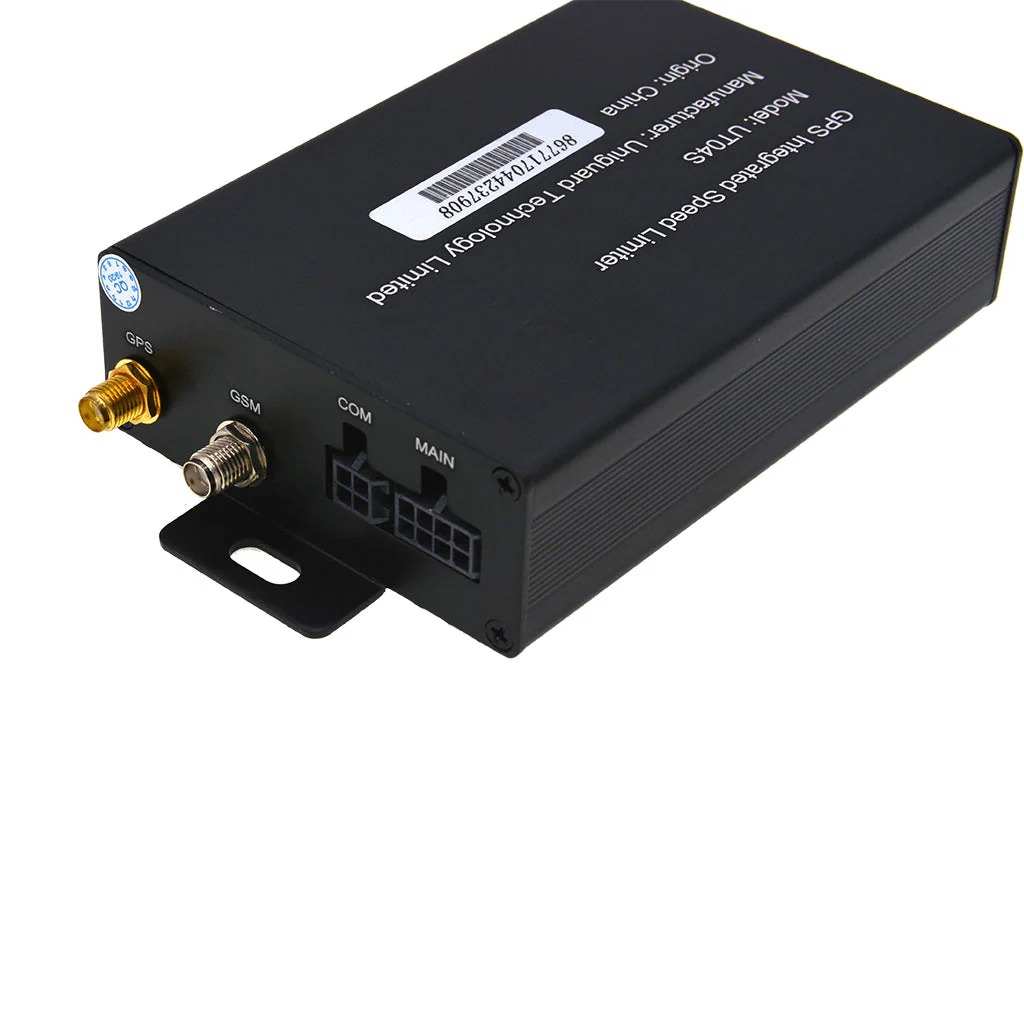
Smart Fleet Control Using GPS to Enforce Speed Limits Across States
Fleet management isn’t just about moving goods anymore. These days, it’s about moving them smartly and safely. With roads getting busier and laws getting stricter, especially when trucks cross state lines, companies need better tools to stay ahead. That’s where smart fleet control using GPS comes in.
Fleet operators across the U.S. are increasingly turning to GPS-based vehicle limiters in USA to help enforce legal speed limits, especially when vehicles cross state boundaries with varying regulations. These systems do more than just track—they help drivers stay compliant and safe no matter where they go.
What Is Smart Fleet Control?
Smart fleet control is the use of technology like GPS, telematics, and automation to manage how commercial vehicles operate on the road. It’s not just about watching where your trucks are. It’s about controlling speed, checking fuel use, reducing wear and tear, and making sure drivers follow the law—without needing to micromanage them.
These systems combine real-time tracking, speed monitoring, and data analytics to give fleet managers a full picture of each vehicle’s behavior. The idea is to prevent problems before they happen—like catching speeding before it turns into a ticket or a crash.
The Role of GPS in Enforcing Speed Limits
GPS has changed the game for fleet safety. It can do more than just show where a vehicle is. When connected to smart software, GPS can track how fast a truck is going and compare it to the local speed limit.
Here’s how it works:
- The system knows the posted speed limit for every road, using a map database.
- As a vehicle moves, GPS checks its speed and location.
- If the driver goes over the limit, the system can:
- Alert the driver
- Notify the fleet manager
- Or even automatically slow down the vehicle, depending on the tech used.
This is huge for trucks moving between states, where speed limits change often and can catch drivers off guard.
Challenges of Enforcing Speed Limits Across State Lines
Each U.S. state sets its own speed rules. What’s legal in Texas might be too fast in Oregon. And when a truck crosses from one state to another, it’s easy for drivers to miss a change in the limit.
That’s a big risk, both legally and financially. A single speeding ticket can:
- Lead to fines and points
- Hurt insurance rates
- Or even result in loss of driving privileges
For fleet companies, this also means potential lawsuits or Department of Transportation (DOT) audits. That’s why relying on manual enforcement doesn’t cut it anymore.
Benefits of GPS-Based Speed Limiting for Fleets
Using GPS to manage vehicle speed offers real results. Here are the top benefits:
1. Improved Safety
Speeding is one of the top causes of truck accidents. GPS limiters reduce crash risk by ensuring drivers stick to legal speeds.
2. Lower Legal Liability
When accidents do happen, GPS data can prove that the company was taking proper precautions—like enforcing speed limits through tech.
3. Better Fuel Efficiency
Driving slower doesn’t just save lives—it saves gas. Cutting just a few miles per hour can improve fuel mileage across the fleet.
4. Insurance Savings
Safer driving means fewer claims, which often leads to lower insurance premiums.
5. Driver Behavior Insights
Telematics systems track how drivers handle turns, brakes, and speed. This makes coaching easier and more data-driven.
Compliance with State Regulations: Why It Matters
States aren’t just different in speed laws—they’re also different in how they enforce them. Some areas focus heavily on commercial vehicle inspections, while others might crack down on speed limits in rural zones or near schools.
Having a smart fleet system that adapts in real time keeps companies on the right side of the law. It also helps prevent fines from overweight tickets, excessive idling, or violating HOS (Hours of Service) rules—many of which tie back to speed and location data.
Case Studies: Real-World Fleet Success Stories
A delivery company in Georgia cut its speeding incidents by 75% in just three months after adding GPS limiters. Drivers initially resisted the change, but soon appreciated how alerts kept them out of trouble.
In California, a long-haul fleet used telematics to show regulators that their trucks were not speeding in restricted zones. That data helped them avoid heavy fines and renew their licenses with no issues.
How to Implement GPS-Based Speed Enforcement
Getting started with smart speed control is easier than most think. Here’s a basic roadmap:
- Choose the right GPS system – Look for tools with live tracking, map-based speed data, and limiter options.
- Integrate with existing fleet tools – The best systems work with ELDs, routing apps, and vehicle diagnostics.
- Train your drivers – Show them how the system helps, not hurts. Focus on safety and accountability.
- Monitor and adjust – Use reports to find patterns, coach drivers, and tweak limits where needed.
Future Trends in Fleet Speed Management
This space is moving fast. New tools are already being tested that:
- Use AI to predict driver behavior
- Sync with traffic light systems to guide speed
- Talk directly to autonomous braking systems
We’re also seeing growing interest in vehicle-to-infrastructure (V2I) tech, where trucks “talk” to the road itself, adjusting speed in real time.
Regulators are also eyeing mandatory GPS-based limiters, especially for commercial vehicles. Companies that adopt early will be better prepared for future laws.
Conclusion: Smarter, Safer Roads with GPS
Smart fleet control isn’t just a buzzword. It’s a practical way to protect your business, your drivers, and everyone on the road. By using GPS to manage speed—especially across state lines—you take a major step toward safer, more compliant operations.
Whether you’re running five trucks or five hundred, it’s time to think about what GPS can really do for your fleet.






